WCP: How the District's Children Die
Stories of a city failing its most vulnerable wards.
By Jason Cherkis
Sep. 3 - 9, 2009 (Vol. 29, #36)
Every year between 130 and 160 children and youth die in the District—by murder, by suicide, by infection, by falls, by a fire that broke out from a candle being used to heat a house, by neglect. We didn’t know them in life—how they were born premature, how they had a beef with a kid in the neighborhood that escalated, how they fell through the cracks on the city’s watch.
For each one, someone kept a record of their death. A doctor recorded the respiratory disorder on a chart. A cop started a murder investigation. A social worker kept a file.
The District government puts it all together: compiling statistics, taking medical histories, interviewing mothers, studying social-worker files. And each year the Child Fatality Review Committee issues a public report—the one from 2007 is the most recent available—on its obit work. Much of it is statistics.
The committee tabulates and catalogs the deaths by age, gender, race, ward, cause, and so on. The demographics rarely shock; most of the dead are African-American males from the poorest wards, and many died under the monitoring of a social worker. Of the youth who died from homicides in 2006, 56 percent had been known to the Child and Family Services Agency (CFSA).
Hundreds of dead kids get analyzed in the report. Only a handful become case studies written by the committee for the public record. There are no names. Their identities have been obscured. The neighborhoods where they lived and died are omitted. We do get to know the details of their final days. The stories are essentially and essential autopsies of how a city can fail its most vulnerable wards.
Committee authors start with the circumstances of death. They then chronicle the chain of social workers, probation officers, mental-health counselors, and others who were charged with their care. Many of the narratives end with a jolt: Somebody was paid to protect these kids, sometimes from their parents, sometimes from themselves.
To continue reading click HERE.
For more Congress Heights and River East news visit The Congress Heights Examiner website, http://www.examiner.com/x-13507-Congress-Heights-Community-Examiner
Share on Facebook
By Jason Cherkis
Sep. 3 - 9, 2009 (Vol. 29, #36)
Every year between 130 and 160 children and youth die in the District—by murder, by suicide, by infection, by falls, by a fire that broke out from a candle being used to heat a house, by neglect. We didn’t know them in life—how they were born premature, how they had a beef with a kid in the neighborhood that escalated, how they fell through the cracks on the city’s watch.
For each one, someone kept a record of their death. A doctor recorded the respiratory disorder on a chart. A cop started a murder investigation. A social worker kept a file.
The District government puts it all together: compiling statistics, taking medical histories, interviewing mothers, studying social-worker files. And each year the Child Fatality Review Committee issues a public report—the one from 2007 is the most recent available—on its obit work. Much of it is statistics.
The committee tabulates and catalogs the deaths by age, gender, race, ward, cause, and so on. The demographics rarely shock; most of the dead are African-American males from the poorest wards, and many died under the monitoring of a social worker. Of the youth who died from homicides in 2006, 56 percent had been known to the Child and Family Services Agency (CFSA).
Hundreds of dead kids get analyzed in the report. Only a handful become case studies written by the committee for the public record. There are no names. Their identities have been obscured. The neighborhoods where they lived and died are omitted. We do get to know the details of their final days. The stories are essentially and essential autopsies of how a city can fail its most vulnerable wards.
Committee authors start with the circumstances of death. They then chronicle the chain of social workers, probation officers, mental-health counselors, and others who were charged with their care. Many of the narratives end with a jolt: Somebody was paid to protect these kids, sometimes from their parents, sometimes from themselves.
To continue reading click HERE.
For more Congress Heights and River East news visit The Congress Heights Examiner website, http://www.examiner.com/x-13507-Congress-Heights-Community-Examiner
Share on Facebook

